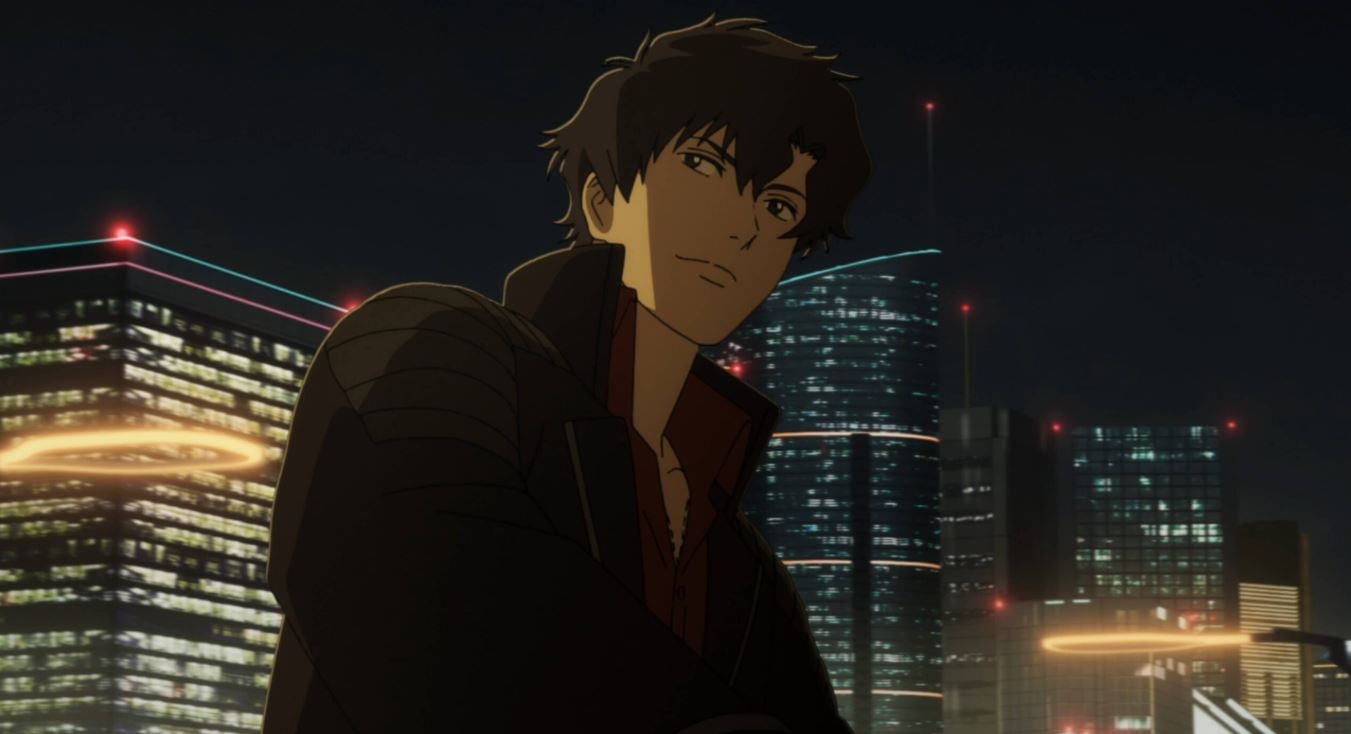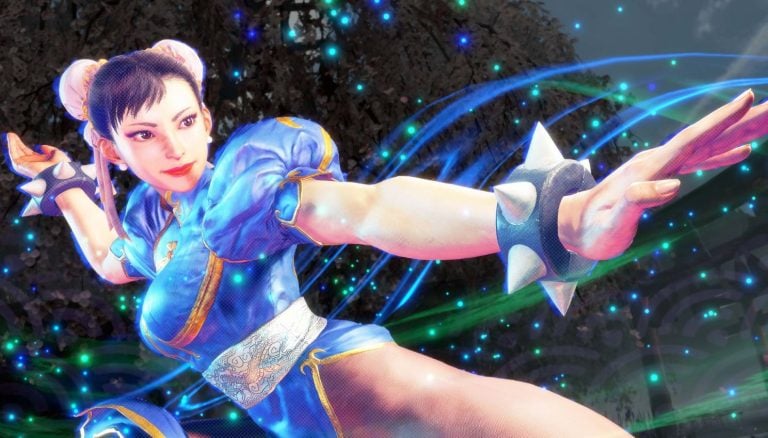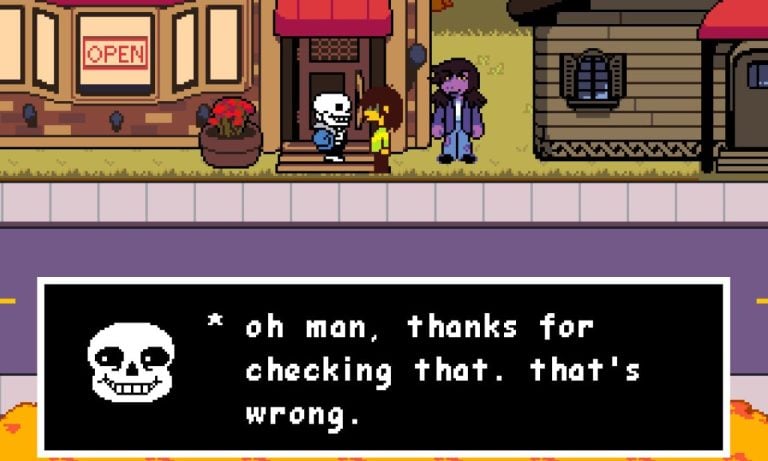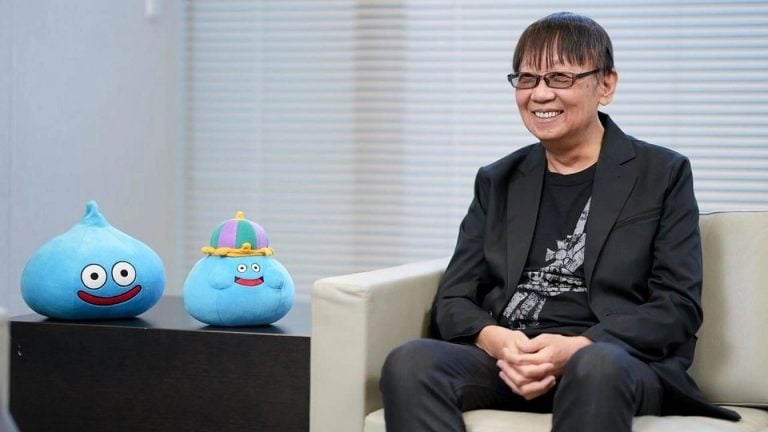The number of Japanese anime production companies going bankrupt or closing down is expected to increase for the third consecutive year in 2025, according to a new report by Teikoku Data Bank.
The forecast is based on what we’ve seen during the first nine months of the year, with two anime studios filing for bankruptcy, and six others suspending or dissolving business operations, bringing the total number of companies leaving the industry to eight. Teikoku Data Bank points out that the rate at which studios are closing down this year is on par with 2018, which saw a record high of such cases (16 in total).
Not only that, but when including small subcontractors and freelance animators working in anime production, the actual number of companies and professionals exiting the industry is likely much higher.
Of note, the bankruptcies and closures in the past few years have not been limited to studios doing secondary anime production work, but have also impacted so-called prime and gross contractors (studios capable of fully completing anime projects in-house) just as heavily. Roughly half of the anime production companies that exited the market in the past five years were primary or gross studios, like Ekachi Epilka, Cloud Hearts and Studio5.
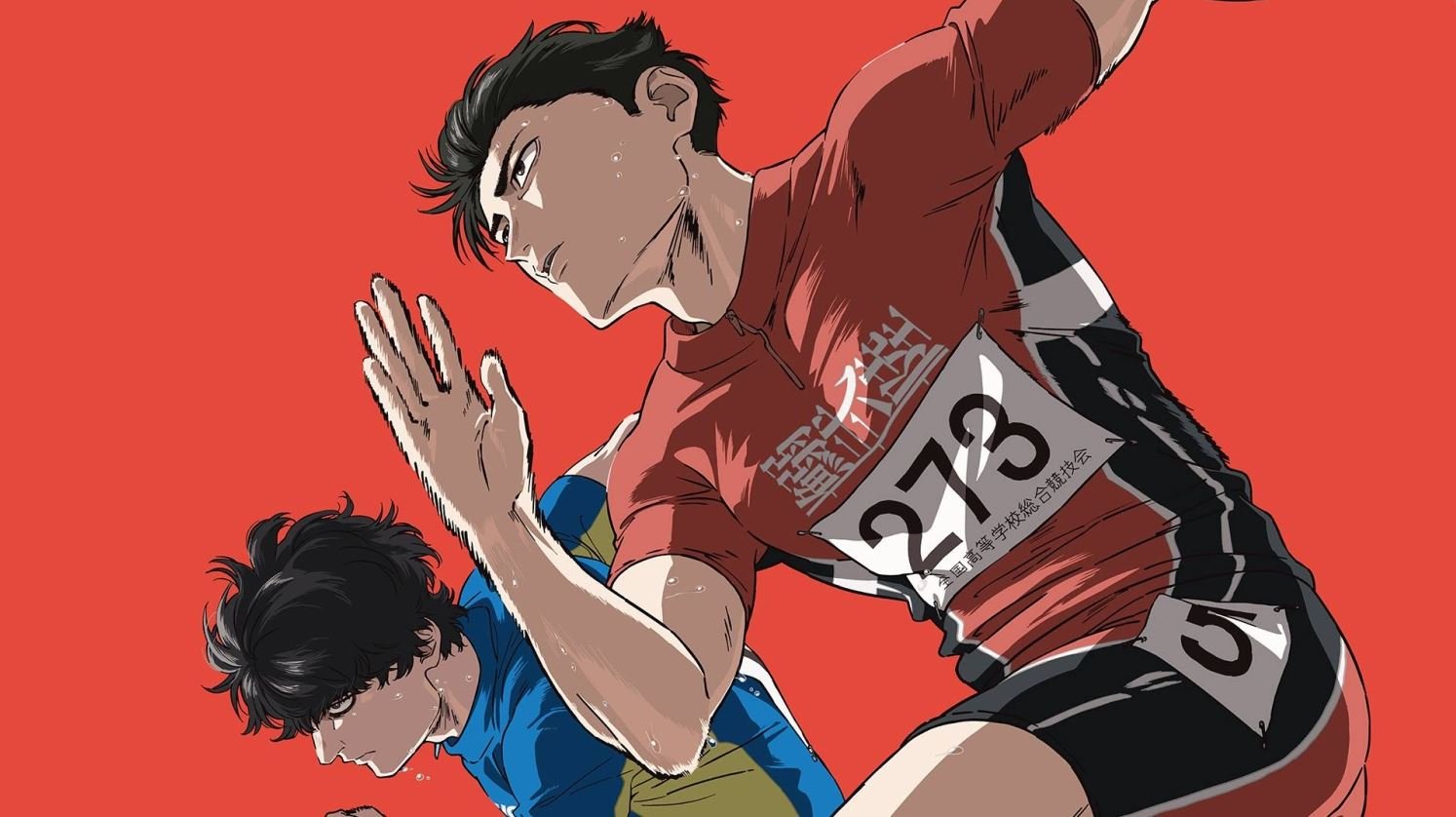
This comes despite the anime market reaching record high growth as of 2024. The main cause appears to be Japan’s severe manpower shortage, which has led to what Teikoku calls a “profitless boom” among production companies. With the increasing number of anime titles being made, studios have come to face surging project orders that outpace their capacity. As a solution, some companies are forced to extend production periods (and thus increase labor costs), which diminishes their profit margins. Others have resorted to outsourcing to overseas studios, only to be faced with soaring costs caused by the yen’s depreciation against the dollar.
To make matters worse, industry professionals say that the practice of outsourcing animation “for cheap” from overseas studios and then having domestic staff “fix” the subpar quality work has caused skilled key animation directors to suffer from burn out and resign, creating a kind of vicious cycle.
While there are several initiatives from big publishers and the Japanese government itself to improve working conditions and revenue distribution within the industry, Teikoku Data Bank says anime production companies are in need of urgent measures in order to get back on their feet, particularly when it comes to training human resources.
Related articles: Severe shortage of animators and “post-Covid changes” in the anime industry as told by the director of Studio Trigger

